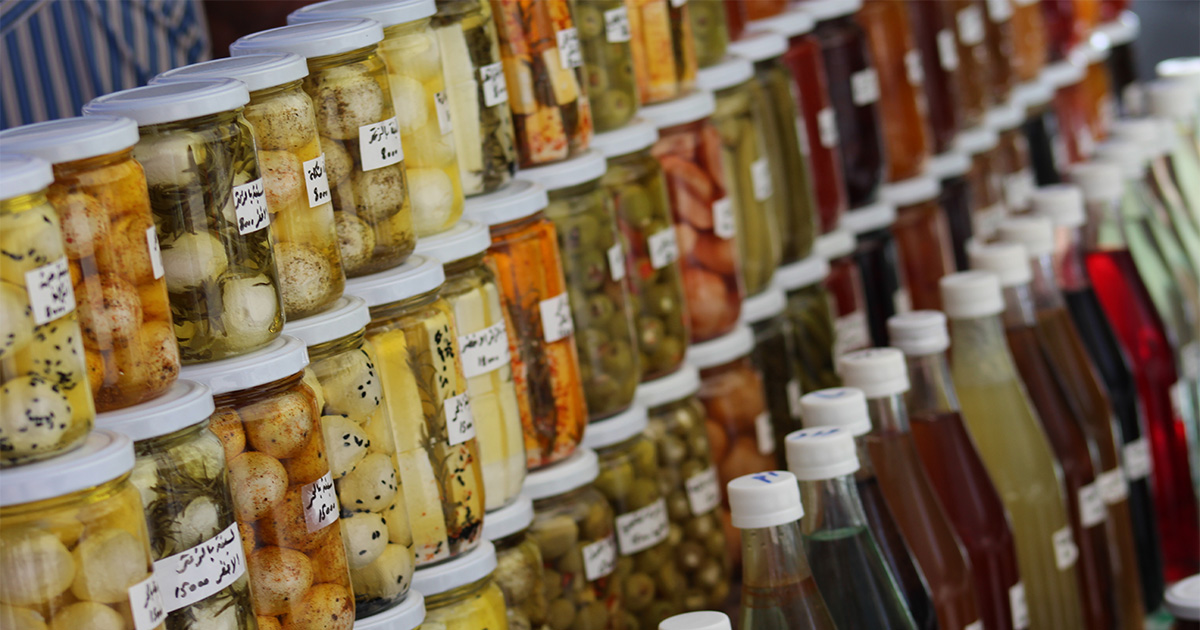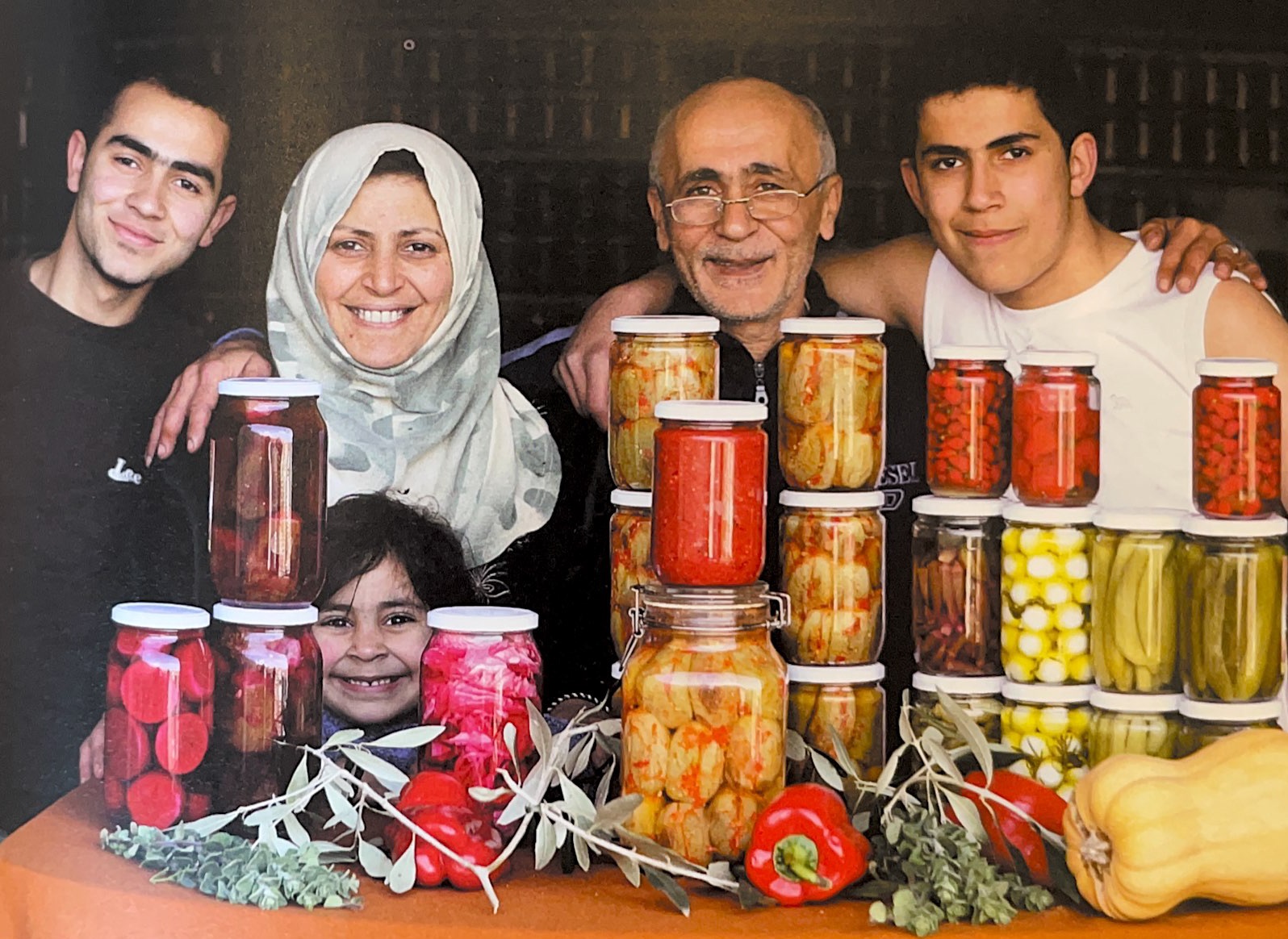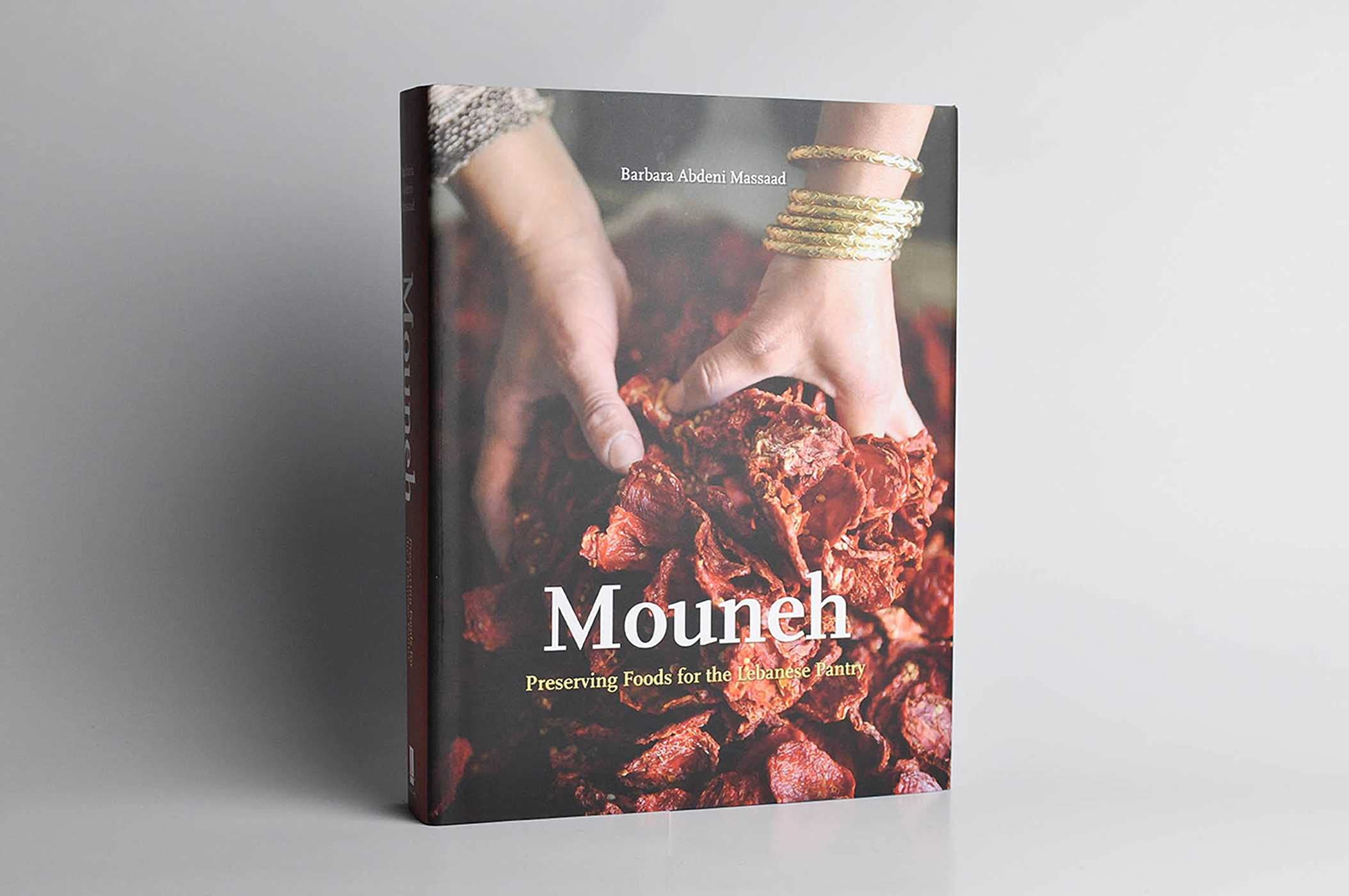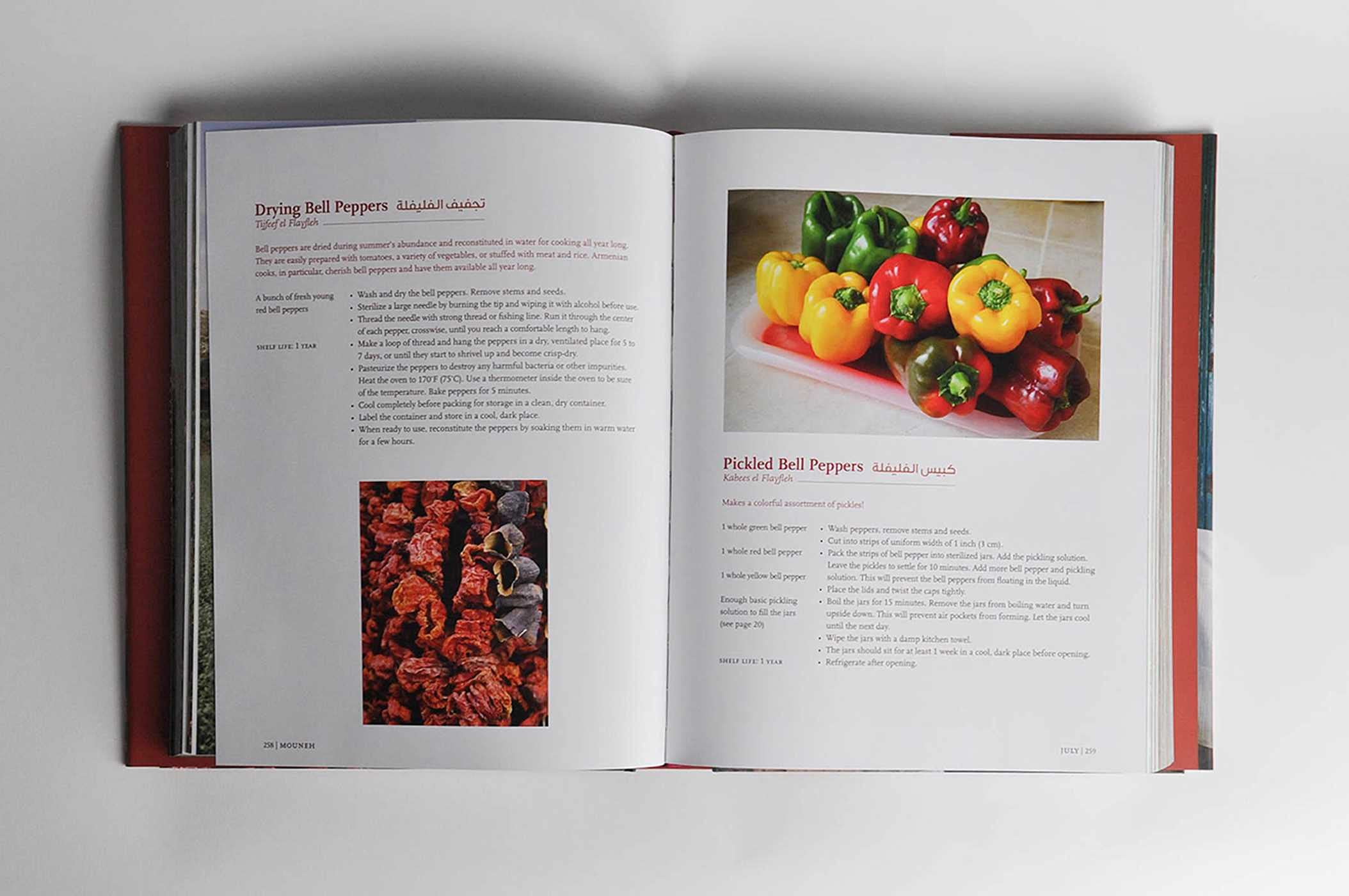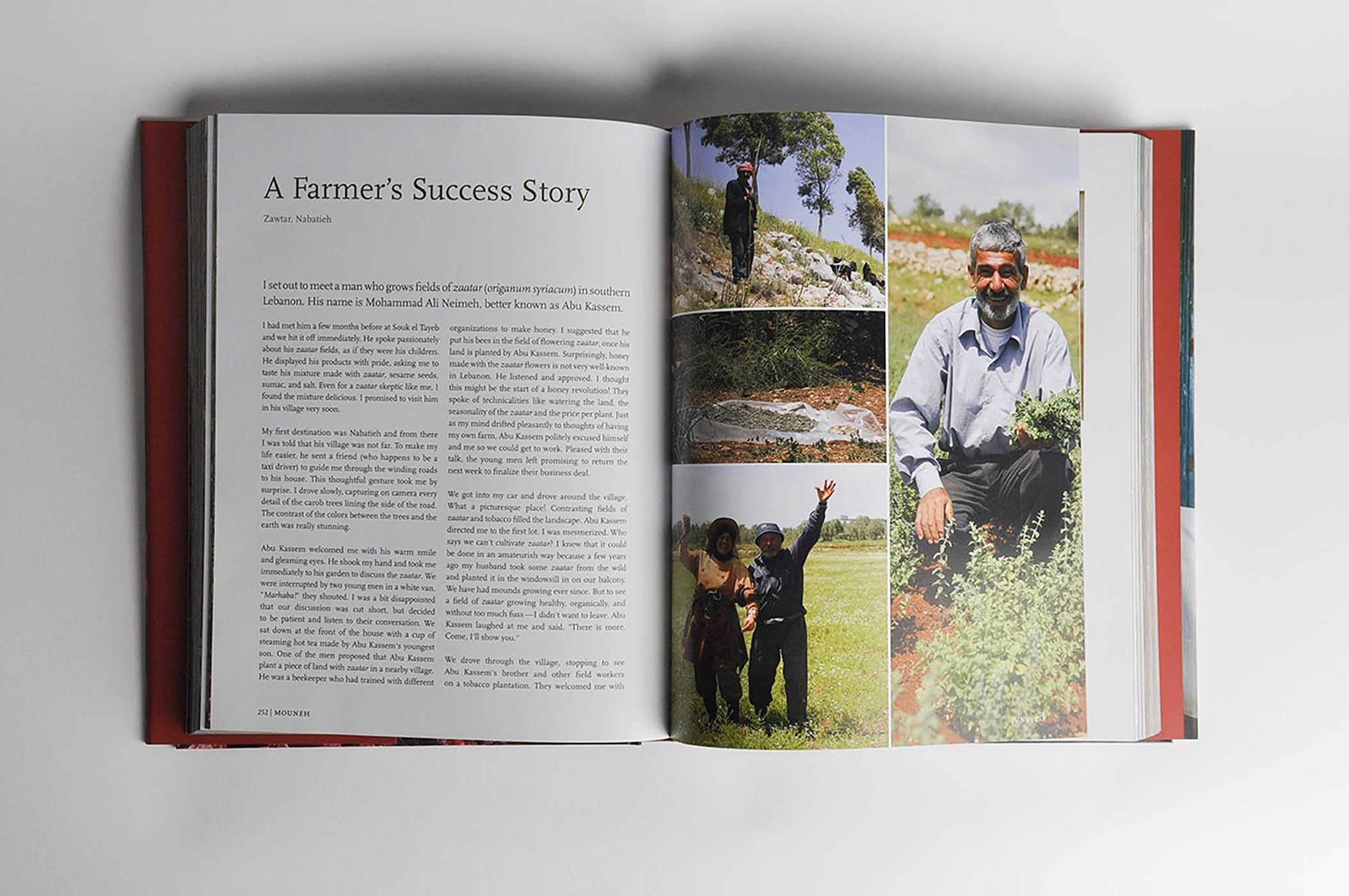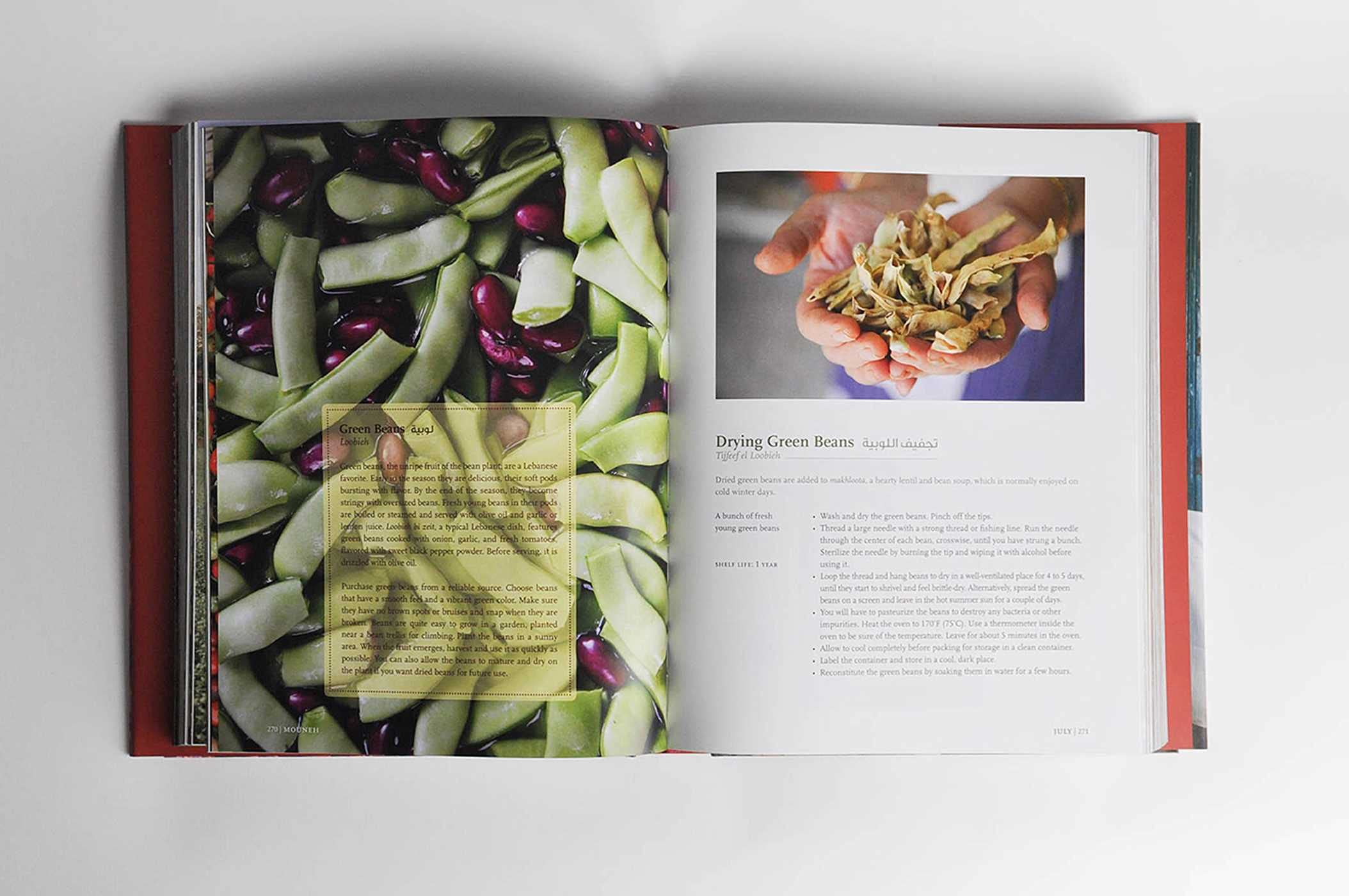AWESOME MOUNEH
FOOD WRITER BARBARA ABDENI MASSAAD TAKES A CLOSER LOOK AT THIS TRADITIONAL METHOD
Mouneh production continues to flourish in many parts of Lebanon. In preserving this culinary heritage, we provide healthy and sustainable nourishment for our families.
The word mouneh comes from the Arabic word mana, meaning “storing”. The idea evokes a feeling of home, security, nourishment, tradition, maternal instinct and so much more, in the past, especially is remote villages in Lebanon, the mouneh was prepared during, summer’s bountiful harvest for consumption during winter’s harsh days.
Mouneh products provided fundamental nourishment for the daily meal, having transformed perishable produce into food with a long shelf life. Today, without the urgent necessity of preserving food for the winter, the mouneh has become more of a sociological act.
For some, it is a way to keep our basic culinary heritage alive. For others, it is a conscious effort to avoid waste. Still others continue to prepare mouneh for security purposes, as a safeguard against hunger in times of political instability. Though the intent may vary, the basic idea remains food preservation.
Preparing mouneh is time consuming work which, in the past, often involved a whole community, today it is rare to find a household that prepares every single type of mouneh item. More often, family or regional ‘specialties’ will arise-villagers in Kfardebian, for example, are likely to make all sorts of apples related products.
Families along the coast may prefer to process their bountiful orange crops for jam. And those who do not own land must wait for the peak of production (and the lowest prices) to purchase supplies from across the country for their yearly mouneh.
Though the basic characteristics of mouneh products are universal, there remains incredible variety and adaptability from region to region.
The mouneh falls into different categories. Delicious jams, marmalades, molasses, syrups, and jellies are made to preserve fruits of the season. There are different techniques involved ranging from preserving whole fruit in syrup to developing highly concentrated liquids to make very thick molasses.
WHAT MOUNEH TO LOOK OUT FOR EACH SEASON
AUTUMN
September: Apples, Beans, Carob, Cows, Eggplant, Figs, Green Olives, Raisins, Red Peppers, Sheep, Walnuts
October: Bay Leaves, Black Olives, Dates, Grapes, Myrtle, Pears, Pomegranates, Tomatoes
November: Beetroot, Grapes, Quince, Pumpkin
WINTER
December: Carrots, Grapefruits, Turnips
January: Bread Starter, Mandarin
February: Bitter Orange, Lemon
SPRING
March: Cabbage, Cauliflower, Eryngo, Green Almonds, Green Thyme, Green Unripe Plums, Gundelia Tumbleweed, Romaine Lettuce
April: Honey, Goats, Orange Blossoms, Loquats, Peas, Rosemary, Sea Fennel, Strawberries
May: Artichokes, Crabapples, Damascus Rose, Garlic, Green Unripe Walnuts, Roasted Green Wheat
SUMMER
June: Apricots, Capers, Cherries, Chickpeas, Fava Beans, Grape Leaves, Mint, Onions, Pine Nuts, Watermelon, Wild Flowers, Wild Thyme
July: Bell Peppers, Cucumbers, Corn, Green Cherry Tomatoes, Green Beans, Green Tomatoes, Green Unripe Grapes, Jew’s Mallow, Marjoram, Melon, Mulberries, Plums, Sage, Salt, Wheat, Wild Cucumbers, Zucchini
August: Basil, Green Hot Peppers, Lentils, Okra, Peaches, Sesame, Sumac, Sun-Dried Tomatoes
The mouneh is essential to preserve nature’s abundance according to each season, naturally. This is why it is worth exploring. It is a base that one can build on to further local food production and it need not die and perish with technology and imported products which pollute our planet.


